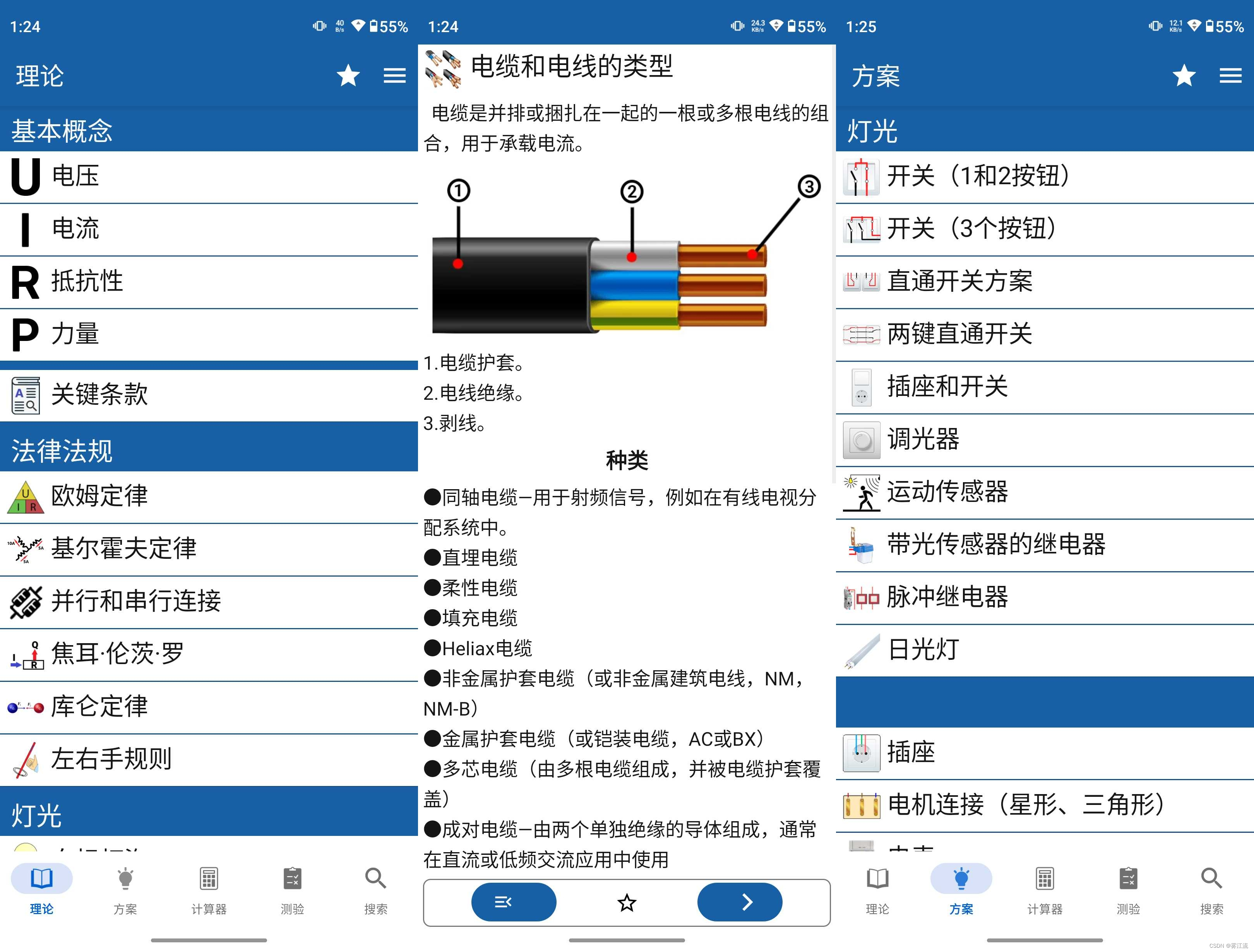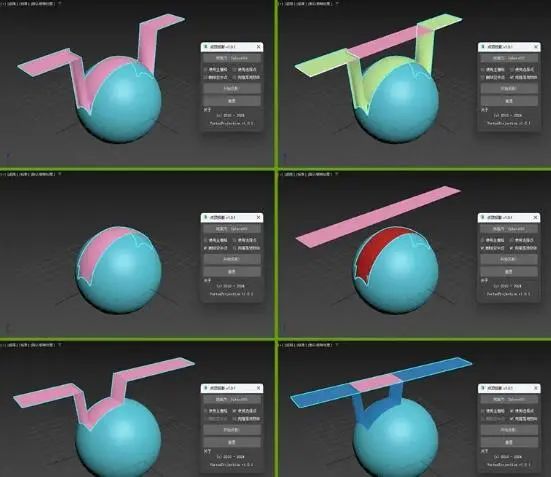简介
数据归一化处理是指将数据按照一定的规则进行变换,使数据落入一个特定的区间范围内。数据归一化处理的目的是消除数据之间的量纲差异,同时保留数据的分布特征,以便更好地进行数据分析和建模。
常见的数据归一化方法有如下几种:
1. 线性归一化(Min-Max Scaling):将数据线性映射到[0,1]区间内,公式如下:
X_normalized = (X - X_min) / (X_max - X_min)
其中,X为原始数据,X_normalized为归一化后的数据,X_min和X_max分别为数据的最小和最大值。
2. Z-score标准化(Standardization):将数据转化为均值为0,标准差为1的分布,公式如下:
X_standardized = (X - X_mean) / X_std
其中,X为原始数据,X_standardized为标准化后的数据,X_mean为数据的平均值,X_std为数据的标准差。
3. 小数定标标准化(Decimal Scaling):将数据移到小数点后一位,并除以移动的位数,使数据落入[-1,1]区间内,公式如下:
X_scaled = X / 10^k
其中,X为原始数据,X_scaled为定标标准化后的数据,k为使数据落入[-1,1]区间所移动的位数。
数据归一化处理可以消除数据之间的量纲差异,使得不同量纲的数据具有可比性;同时,归一化后的数据也更适合进行某些机器学习算法的训练,如K-means聚类算法。
函数
reduceColumns(reducer, selectors, weightSelectors)
Apply a reducer to each element of a collection, using the given selectors to determine the inputs.
Returns a dictionary of results, keyed with the output names.
使用给定的选择器确定输入,对集合的每个元素应用一个减法器。
返回以输出名称为关键字的结果字典。
Arguments:
this:collection (FeatureCollection):
The collection to aggregate over.
reducer (Reducer):
The reducer to apply.
selectors (List):
A selector for each input of the reducer.
weightSelectors (List, default: null):
A selector for each weighted input of the reducer.
Returns: Dictionary
repeat(count)
Creates a Reducer by combining the specified number of copies of the given reducer. Output names are the same as the given reducer, but each is a list of the corresponding output from each of the reducers.
通过合并指定数量的还原器副本创建还原器。输出名称与给定的还原器相同,但每个还原器的输出都是一个列表。
Arguments:
this:reducer (Reducer)
count (Integer):
The number of copies of the reducer to combine.
Returns: Reducer
ee.Dictionary.fromLists(keys, values)
Construct a dictionary from two parallel lists of keys and values.
Arguments:
keys (List):
A list of keys.
values (List):
A list of values.
Returns: Dictionary
toDictionary(properties)
Extract properties from a feature as a dictionary.
Arguments:
this:element (Element):
The feature to extract the property from.
properties (List, default: null):
The list of properties to extract. Defaults to all non-system properties.
Returns: Dictionary
代码
//加载矢量集合或者属性表
var lucas = ee.FeatureCollection("JRC/LUCAS_HARMO/THLOC/V1");
//我们设定限制200
var exampleFC = lucas.limit(200);
// 我们分别获取你想要获取的属性名称
var listOfProps = ['year','id'];
var minMax = exampleFC.reduceColumns(ee.Reducer.minMax().repeat(2), listOfProps);
var minDict = ee.Dictionary.fromLists(listOfProps, minMax.get('min'));
var maxDict = ee.Dictionary.fromLists(listOfProps, minMax.get('max'));
//打印查看一下结果
print('minMax',minMax)
print('minDict',minDict)
print('maxDict',maxDict)
// 进行归一化处理,这里注意需要县蒋每一个矢量进行子电话处理
var exampleFC_norm = exampleFC.map(function(f){
var f_dict = f.toDictionary(listOfProps);
var f_dict_norm = f_dict.map(function(property, value){
return ee.Number(value).subtract(minDict.get(property)).divide(
ee.Number(maxDict.get(property)).subtract(minDict.get(property)))
});
return f.set(f_dict_norm)
});
//查看归一化后的结果
print(exampleFC_norm.first())
结果

北京市案例1
var table = ee.FeatureCollection("users/bqt2000204051/Beijing");
var exampleFC = table;
var listOfProps = ['Shape_Area','Shape_Leng'];
var minMax = exampleFC.reduceColumns(ee.Reducer.minMax().repeat(2), listOfProps);
var minDict = ee.Dictionary.fromLists(listOfProps, minMax.get('min'));
var maxDict = ee.Dictionary.fromLists(listOfProps, minMax.get('max'));
print('minMax',minMax)
print('minDict',minDict)
print('maxDict',maxDict)
var exampleFC_norm = exampleFC.map(function(f){
var f_dict = f.toDictionary(listOfProps);
var f_dict_norm = f_dict.map(function(property, value){
return ee.Number(value).subtract(minDict.get(property)).divide(
ee.Number(maxDict.get(property)).subtract(minDict.get(property)))
});
return f.set(f_dict_norm)
});
print(exampleFC_norm.first())
矢量表

结果



















